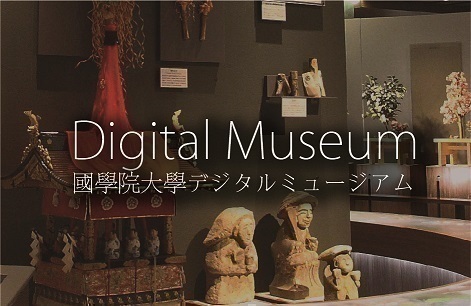- トップ
- Encyclopedia of Shinto
- Mikogami
Encyclopedia of Shinto
| Main Menu: | |
| Links: |
詳細表示 (Complete Article)
| カテゴリー1: | 2. Kami (Deities) |
|---|---|
| カテゴリー2: | Concepts of Kami |
| Title | Mikogami |
| Text | "Honorable-child-kami," a term used in the context of cults of parent-child deities to refer to the offspring kami (also called byōeishin). For example, the fragmentary Tsukushinokuni fudoki describes the three-peaked mountain of Kishimayama as follows: "the peak to the southwest is called the hikogami [male-kami], the middle peak is called the himegami [female-kami], and the one to the northeast is called the mikogami (offspring-kami)." In this kind of relation with a child kami, the implied parent may be either father or mother; the latter can also be understood within the framework of cults devoted to "mother-child deities" (boshijin) . Cases of the enshrinement of mikogami in the narrow sense include those at shrines Yasaka Jinja and Dazaifu Tenmangū. The Yasaka shrine is dedicated to Susanoo as its chief kami, with his consort Kushinadahime on the east, and eight offspring deities (yahashira no mikogami) on the west. The yahashira no mikogami include Yashimajinumi no kami, Itakeru no kami, Ōyatsuhime no kami, Tsumatsuhime no kami, Ōtoshi no kami, Ukanomitama no kami, Ōyatsuhiko no kami, and Suseribime no mikoto. Within the precincts (keidai) of the shrine Dazaifu Tenmangū, an associate shrine (sessha) is dedicated to Sugawara Takachika and Sugawara Kageyuki, offspring of the shrine's principal object of worship, Sugawara Michizane. Another example of mikogami is found at Kasuga Taisha-the Fujiwara clan shrine (see ujigami) -where one of the deities worshiped is Amenokoyane no mikoto, claimed as ancestral deity (sojin) of the Nakatomi clan. In turn, an affiliated shrine, Wakanomiya Jinja enshrines Amenooshikumone no mikoto, the divine offspring of Amenokoyane. Kasuga's Wakamiya shrine, however, was established in 1135, promoted as part of the move by acolytes of the temple Kōfukuji to control Kasuga; at the same time, its worship was also closely related to the belief in goryō (vengeful spirits of deceased persons of high rank), which came into vogue during the late Heian period. Further, not all wakamiya enshrine offspring of the central deity; some are dedicated to the central deity's parent or ancestral deity, and some act as temporary enshrinement sites (anzaisho, karimiya) for the central deity when it travels from its original shrine during festivals. For this reason, the mere presence of a mikogami does not necessarily indicate the shrine is a wakamiya. -Kobori Keiko |




